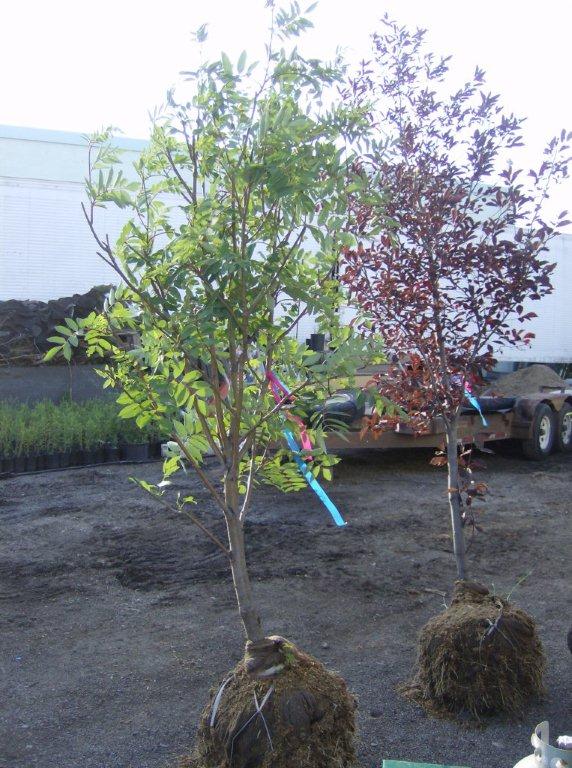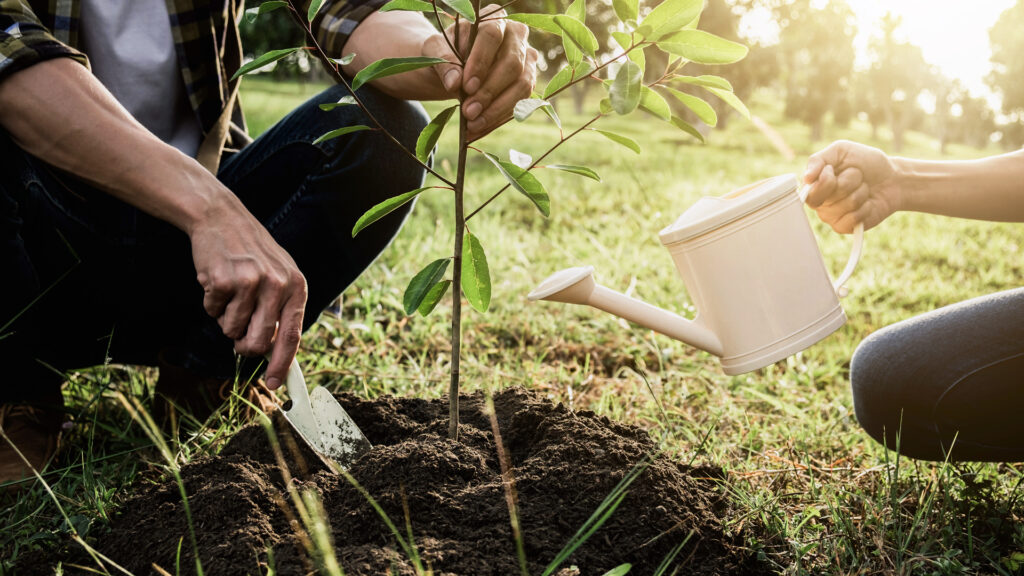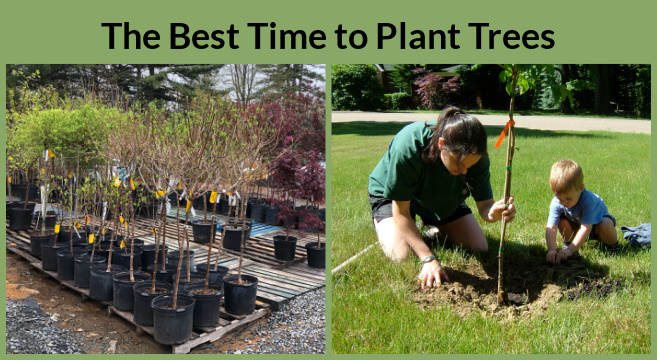Planting trees in Central Texas is a rewarding endeavor that not only enhances your property’s aesthetic appeal but also contributes to the local environment. However, knowing the best time to plant trees in Central Texas is crucial for ensuring your trees thrive. With its unique climate, understanding the right time to plant and how to care for your trees can make all the difference in their long-term health.
In this comprehensive guide, we’ll cover the best planting times, tips for choosing the right tree species, and essential care instructions to help you establish a flourishing landscape. Whether you’re looking to add shade, beauty, or privacy to your property, understanding the climate of Central Texas will help you make the best decision for your trees.


Why Timing Matters for Tree Planting in Central Texas
The Central Texas climate is characterized by hot summers, mild winters, and occasional freezes. This weather pattern can affect the survival and growth rate of newly planted trees. Planting at the wrong time can stress your trees, making them more susceptible to pests, diseases, and drought. In contrast, planting at the optimal time ensures that your trees have the best chance to establish strong roots and adapt to their environment.
Best Time to Plant Trees in Central Texas
In Central Texas, the best time to plant trees is during the fall and early spring. Here’s why:
1. Fall (Late September to November)
Fall is generally considered the best time to plant trees in Central Texas. During this period, temperatures begin to cool, and rainfall is more abundant, creating ideal conditions for root establishment. The soil is still warm from the summer, allowing tree roots to grow and become established before the colder winter months.
Additionally, planting in the fall allows your trees to establish a strong root system without the stress of the intense summer heat. By the time the warm spring weather arrives, your trees will have stronger roots and will be better prepared to take advantage of the growing season.
Advantages of Fall Planting:
Cooler temperatures reduce stress on young trees.
Increased rainfall supports root development.
Better establishment before summer heat arrives.
2. Early Spring (February to March)
If you missed the fall planting window, early spring is the next best time to plant trees in Central Texas. By planting in early spring, your trees have a full growing season to establish roots before the hot summer months. Just be sure to avoid planting too early in the spring, as a late frost could damage young trees. Aim to plant after the last frost date, which typically falls in mid- to late February.
Advantages of Spring Planting:
Longer growing season before the summer heat.
Trees can establish roots during moderate temperatures.
Opportunity to plant a variety of tree species.
Choosing the Right Trees for Central Texas
When planting trees in Central Texas, it’s important to select species that are well-suited for the local climate. Native trees tend to perform the best in this region, as they are adapted to the hot summers, mild winters, and occasional droughts. Some popular tree species that thrive in Central Texas include:
Live Oak (Quercus virginiana): A hardy and iconic tree, perfect for providing shade.
Texas Red Oak (Quercus buckleyi): Known for its beautiful fall color and drought tolerance.
Pecan (Carya illinoinensis): The state tree of Texas, producing delicious nuts and providing ample shade.
Eastern Red Cedar (Juniperus virginiana): A fast-growing evergreen that provides privacy and shelter.
In addition to these native species, other trees such as the Bald Cypress, Crepe Myrtle, and Chinkapin Oak also do well in Central Texas.
Tree Planting Tips for Central Texas
Once you’ve determined the best time to plant and selected the appropriate species, follow these tips to ensure your tree planting is successful:
1. Prepare the Soil
Before planting, make sure the soil is well-prepared. Central Texas soil can vary from clay to sandy, so it’s important to amend the soil as needed. For clay-heavy soil, mix in organic matter like compost to improve drainage and root penetration.
2. Dig the Right Hole
Dig a hole that is at least twice the width of the root ball and the same depth. This will give the roots enough space to spread out and establish themselves. Be sure not to plant your tree too deep, as this can cause root rot. The root collar (where the roots meet the trunk) should be level with or slightly above the surrounding soil.
3. Watering and Mulching
Newly planted trees require consistent moisture to establish roots. Water your trees deeply after planting and continue to water regularly during the first year, especially during dry spells. Mulching around the base of the tree helps retain moisture and protects the roots from extreme temperatures.
4. Monitor for Pests and Diseases
Watch for signs of pests or diseases that can affect young trees. Central Texas has a variety of insects and fungi that can harm newly planted trees, so regular inspections and prompt action can save your tree from significant damage.
5. Pruning
Prune only dead or damaged branches during the first few years of growth. Avoid heavy pruning, as this can stress young trees and delay their establishment.
Conclusion
Planting trees in Central Texas is a fantastic way to enhance your home’s curb appeal, provide shade, and contribute to a healthier environment. By planting in the fall or early spring, choosing the right tree species, and following proper care techniques, you can ensure that your trees thrive for years to come. Whether you’re a first-time planter or an experienced gardener, the right timing and knowledge can help you create a beautiful, sustainable landscape.
With the right trees and proper care, your property will benefit from the many advantages of a well-established tree canopy, from energy savings to increased wildlife habitat.


